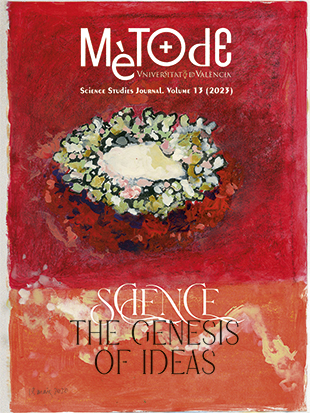Introduction: Drylands. Opportunities, challenges, and threats
DOI:
https://doi.org/10.7203/metode.13.24248 Abstract
Abstract
Hyper-arid, arid, semi-arid and dry-sub-humid climate zones (all of them considered drylands) occupy over 40 % of the Earth’s land surface and are home to more than 2 billion people. Contrary to the popular image of this important set of biomes, drylands are home to 36 % of carbon stores, 30 % of forested areas, 50 % of the world’s livestock, and 44 % of croplands. These figures give an idea of their social, economic, and ecological importance – the focus of the monograph’s first article – and argue for the need to know and understand their functioning and manage human activities in an increasingly changing climate scenario. This is key to enabling their development and preventing their desertification.
 Downloads
Downloads
Downloads
Published
How to Cite
-
Abstract1519
-
PDF621
Issue
Section
License
![]()
All the documents in the OJS platform are open access and property of their respective authors.
Authors publishing in the journal agree to the following terms:
- Authors keep the rights and guarantee Metode Science Studies Journal the right to be the first publication of the document, licensed under a Creative Commons Attribution-NonCommercial-NoDerivatives 4.0 International License that allows others to share the work with an acknowledgement of authorship and publication in the journal.
- Authors are allowed and encouraged to spread their work through electronic means using personal or institutional websites (institutional open archives, personal websites or professional and academic networks profiles) once the text has been published.





